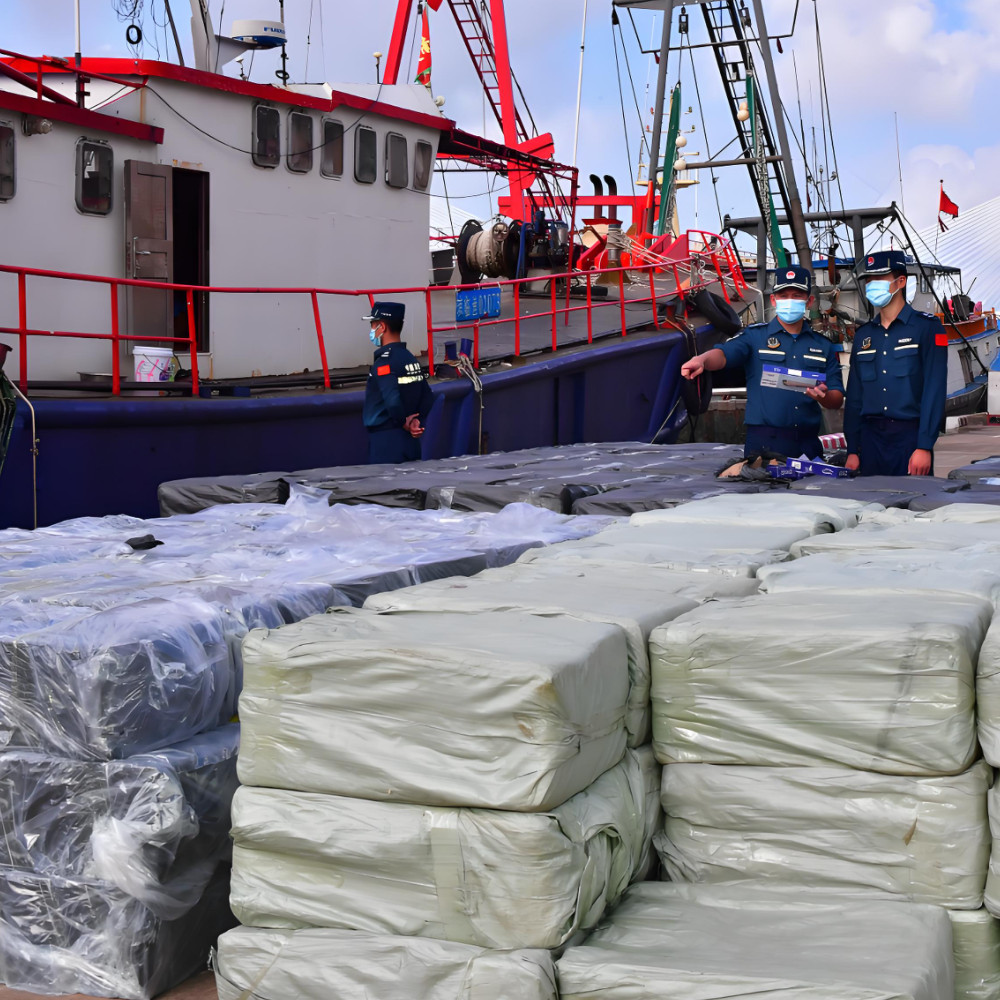- Night and low-visibility operations mask small targets
- Manual patrols scale poorly along long corridors
- Cameras alone struggle with range, fog and rain
- High false alarms without target context
Anti-smuggling Surveillance
Riverine, coastal and border corridors monitored 24/7 to deter and interdict smuggling activities.
Industry Challenges

Scenario Overview
Smuggling routes exploit blind spots along rivers, coastlines and land borders. Radar delivers persistent detection of small boats, low-profile vehicles and personnel, enabling early interdiction.
Architecture & Workflow
- Surveillance radars watch defined corridors and trigger event zones.
- PTZ cameras auto-cue for visual confirmation and capture.
- Command center receives alerts with target track, speed and heading.
- Patrol teams receive tasks for intercept; evidence archived.
Operations & Integration
- Open interfaces to VMS/PSIM and maritime systems (AIS)
- Health monitoring, remote firmware updates, and diagnostics
- Policy-driven geofencing and alerting profiles for shifts
Advantages
Real-time Detection
Continuous radar monitoring across critical routes and choke points.
Multi-sensor Fusion
Radar cues PTZ cameras; optional AIS, EO/IR and acoustic fusion.
Extended Coverage
Networked nodes deliver long-range, wide corridor coverage.
Low False Alarms
AI-assisted classification for vessels and small, low-RCS targets.
Rapid Intercept
Instant alerts to patrol teams and command posts for response.
All-weather, Day/Night
Operational through rain, fog and darkness.
Workflow
- Coverage PlanningDefine riverine/coastal corridors, sectors and chokepoints.
- Corridor SurveillanceDetect small boats, vehicles and personnel under all weather.
- Fusion & FilteringCorrelate radar with AIS/whitelists; suppress nuisance tracks.
- Multi‑target TrackingMaintain tracks and intent for multiple targets across sectors.
- Intercept CueingCue patrols with speed/heading; handover to teams on the ground.
- Evidence & ReportingArchive tracks and video; generate reports for prosecution.
Key Use Cases
- Near‑shore small craft detection and dark vessel monitoring
- River checkpoints and bridge chokepoints with automated alarms
- Cross‑border road corridors for low‑profile vehicle detection
- Restricted harbor basins and port perimeter surveillance
- Evidence collection and chain‑of‑custody for legal proceedings
Further Reading


WhatsApp

WeChat
Have questions about products or solution design?
Connect with our experts for fast assistance, personalized advice, and the most effective radar solutions for your security challenges.
Po Hu
International Sales Director
We safeguard every domain — land, sea, and air — through intelligent radar and integrated situational awareness.

WhatsApp

WeChat

